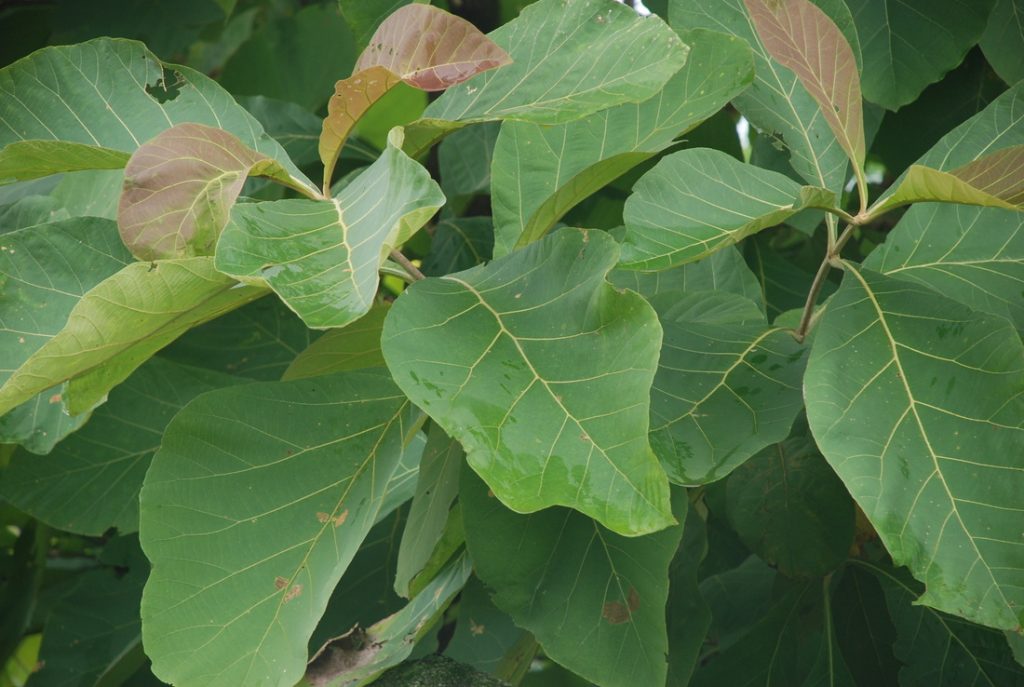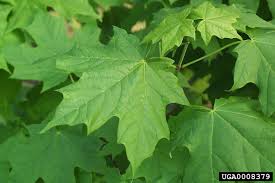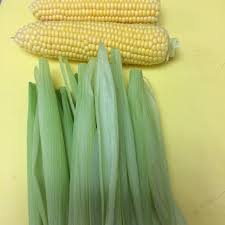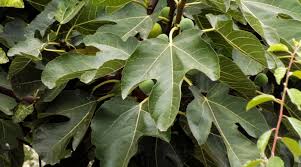
Turmeric Rhizomes and leaves
Turmeric plants are grown from the turmeric root (rhizomes) and are harvested for their leaves and the turmeric rhizomes. Rhizomes are used for plantation.  It grows best indoors in cold temperatures. In temperate climates it can be planted in the garden but preferably in shaded areas like under a large tree which would provide the required shade to the turmeric plants as they don’t flourish well in direct sunlight.
It grows best indoors in cold temperatures. In temperate climates it can be planted in the garden but preferably in shaded areas like under a large tree which would provide the required shade to the turmeric plants as they don’t flourish well in direct sunlight.
Turmeric is different from Ginger. Although they look alike and have common characteristics, they are different in their properties, effects, colors, flavors and benefits.

Fresh Ginger & Ginger Powder
Fresh Turmeric, Dried Turmeric and Turmeric powder or haldi powder
Turmeric rhizomes can be purchased from any Asian grocery stores and the plants take 7 to 10 months from planting to harvest and are usually planted in July and harvested in April. The best season to plant turmeric in sub-tropic and cold zones is in spring or summer when temperatures are above 54 degF or 12 degC. In tropical regions it can be grown throughout the year.

Charlotte Regional Farmers Market – Peanutbutterrunner.com
 Sale of turmeric plants in the market for Pongal – The Hindu
Sale of turmeric plants in the market for Pongal – The Hindu
In countries where turmeric leaves are not available in the market it is a good idea to plant your own and enjoy the benefits of this wonderful plant. The World Wide Web is awash with tips and step by step procedure on growing your own turmeric plant so I shall leave it at that. Secondly, as I have personally not yet grown my own plants I shall refrain from preaching on this subject. But, yes I have purchased turmeric leaves from Goa Mapusa market and kept the leaves neatly wrapped in newspaper in the freezer and used them for a couple of years. Trust me, when thawed the leaves were as fresh and as fragrant as if fresh from the market. So for those resident outside India, I would urge you to pick up your stock on your visit to India (when they are in season) and bring it back and freeze until required. I thank my friend Mrs. Margaret D’Cruz for this valuable tip.
Turmeric leaves are a cooling herb and a sattvic food which promotes clear thinking and calm thoughts. The leaves also known as haldi and manjal leaves, contain curcumin which is a powerful antioxidant.
It can be used in various preparations to add flavor but commonly used as a wrapper for steamed dishes. The famous and much revered haldikolyanche Patoleo as it is called in konkani

Patholis
(also called patholis or pathoyos) and kadubu in Kannada, especially in the western coast of India during religious months and festivals, are made by steaming a paste of rice with a coconut jaggery filling wrapped in the turmeric leaf. When heated the leaf imparts a delicious aroma to the dish and it’s fragrance is immensely satisfying.
August 15 (Independence Day in India) happens to coincide with the Assumption of the Virgin Mary (a Holy day of obligation) and Patoleos are a significant item prepared by Mangalorean and Goan catholics on this day. East Indians call it Pan Mori or East Indian leaf cakes. It is also prepared on St, John’s feast (Sao Joao fest) and Konsachem fest (harvest festival). Ediyos, steamed in jackfruit leaves were also prepared on August 15, by my mother.
Konkani hindus prepare patoleos on the second Sunday of Sharavan or Nag Panchami and on Hartalika, the eve of Ganesh Chaturthi. Salt-free patoleos, are offered to Godess Parvati, who the legends say had a strong craving for these sweets during pregnancy.
It is important to procure genuine turmeric/haldi leaves for the patholis. Duplicate or fake leaves are available in plenty in the market and it is difficult to tell the difference. Patholis made with duplicate leaves have an overpowering aroma and give a bitter taste to the patholis. Although difficult to distinguish from appearance, genuine leaves must have a fragrant aroma and to determine this just pinch a piece from the tip of the leaf, it should smell aromatic and fragrant.
Several types of leaves are available for steaming, grilling food. Some of these are Banana leaves, Jackfruit leaves, Teak leaves, Bay leaves, Fig leaves, Maple leaves, Corn husks, Okra (Lady finger) leaves, etc. Champa flower leaves are also used for steaming food.
Be creative and make do with what is available and enjoy rather than omitting your traditional foods altogether!
Ref: Wikipedia, Turmeric for health.com,
Picture credits: smallgreenthings.com.au, peanutbutterrunner.com, livestrong.com


Banana leaves 
Bay leaves 
Teak leaves 
Maple leaves 
Grape leaves 
Corn husks 
Champa flower leaves 
Champa flowers 
Fig leaves








Pingback: Patoleo made in Banana Leaf | My Cooking Diaries "CooklikeCecilia.com"